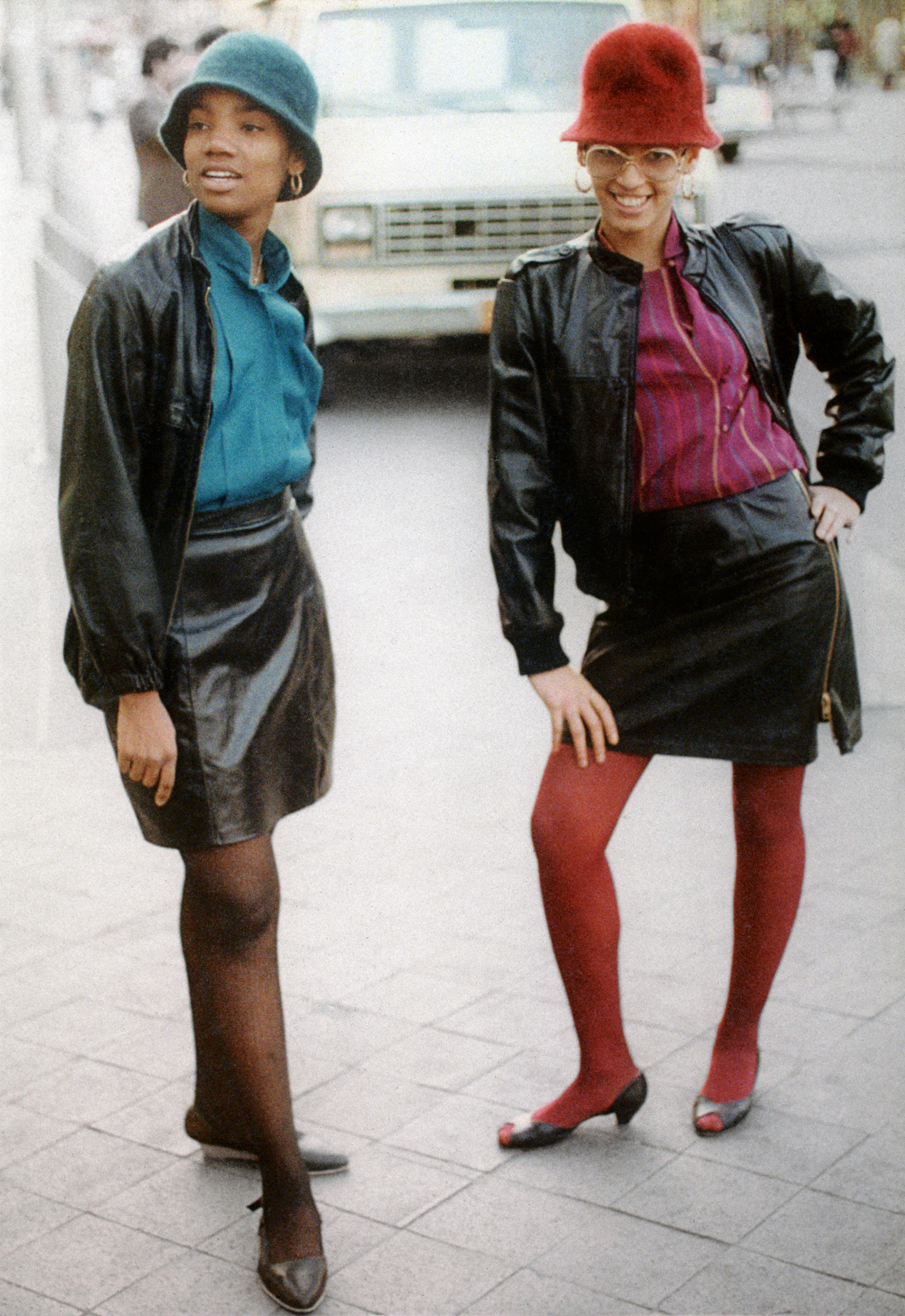Sad-eyed model in this street of merry-making, 1962
by Ricardo Rangel
$1,000.00
In stock
Archival Pigment Print
Edition of 15 and 3 Artist’s Proofs
Paper Size: 11 x 16 1/8 inches
Image Size: 10 1/2 x 15 3/4 inches
Authorizing estate stamp
Ricardo Rangel (b. 1924; d. 2009, Maputo, Mozambique) was a photojournalist and photographer. Rangel began his career in the early 1940s, developing pictures in a private studio. He later co-founded Tempo magazine in 1970 with four other Mozambican journalists. Rangel made images that challenged officially sanctioned photography in his home country of Mozambique, a Portuguese colony, until 1975. In doing so, he suggested a new, oppositional role for the photojournalist. But he also became a target for the Portuguese secret police; many of his images were banned, destroyed, or otherwise kept out of the public domain. Despite these restrictions, Rangel went on to become the foremost documenter of Mozambican life, both before and after the country gained independence. His work is part of the collections at The Art Institute of Chicago.














